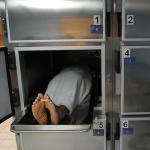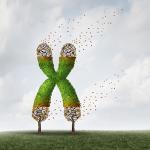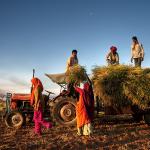Suicide prevention is an inexact intervention. People who have attempted suicide previously, make plans to commit suicide, or talk about committing suicide are often considered high-risk.
suicide
It's not easy being a teenager. Since time immemorial, teens have had to grapple with the raging hormones and quest for self-identity that are hallmarks of this stage of life.
Your risk of death from a car crash, suicide, or homicide is different depending on the day of the week. That's the latest finding from the CDC's Morbidity and Mortality Weekly Report.
Views toward suicide have changed in recent decades. Once largely perceived as a selfish act and a "permanent solution to a temporary problem," society has become more compassionate toward those who suffer in silence.
Depression and anxiety, as well as severe mental disorders such as schizophrenia, have become more openly discussed in society. Yet, one aspect of mental health remains largely in the shadows: Nightmares.
Rural America is facing an existential crisis. As cities continue to grow and prosper, small towns are shrinking. That fundamental divide played itself out in the recent presidential election.
Young adulthood is supposed to be an exciting time. Getting a job, buying a home, and starting a family are on the agendas of many people in this age group.
Of the many lies spread about Monsanto over the years, perhaps none is so malevolent as the claim that the seed giant is to blame for farmer suicides in India.
It is a longstanding myth that suicides surge during the holiday season. According to the Centers for Disease Control and Prevention’s (CDC) National Center for Health Statistics, the suici
For a recent 15-year stretch, one trend line had been moving downward. During that same period, another had been moving upward. The first charts unintentional activity; the second, deliberate action.











